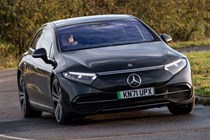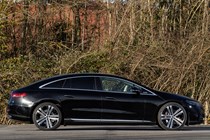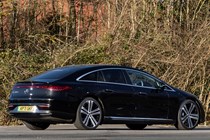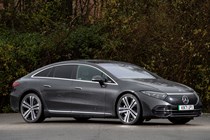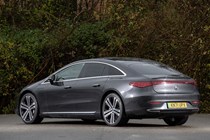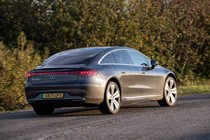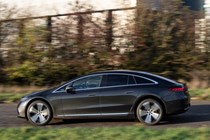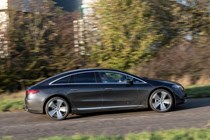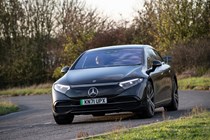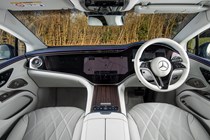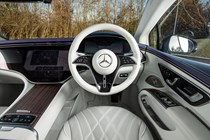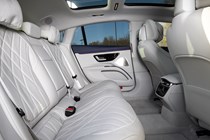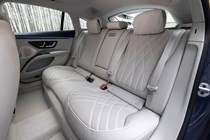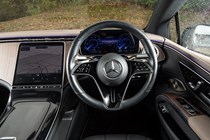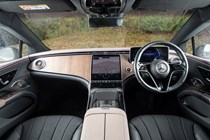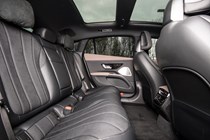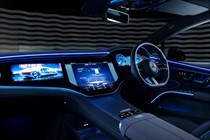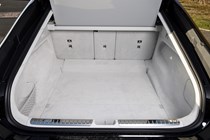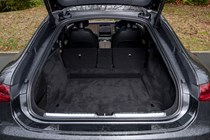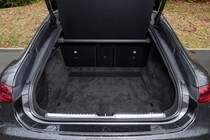
Mercedes-Benz EQS engines, drive and performance
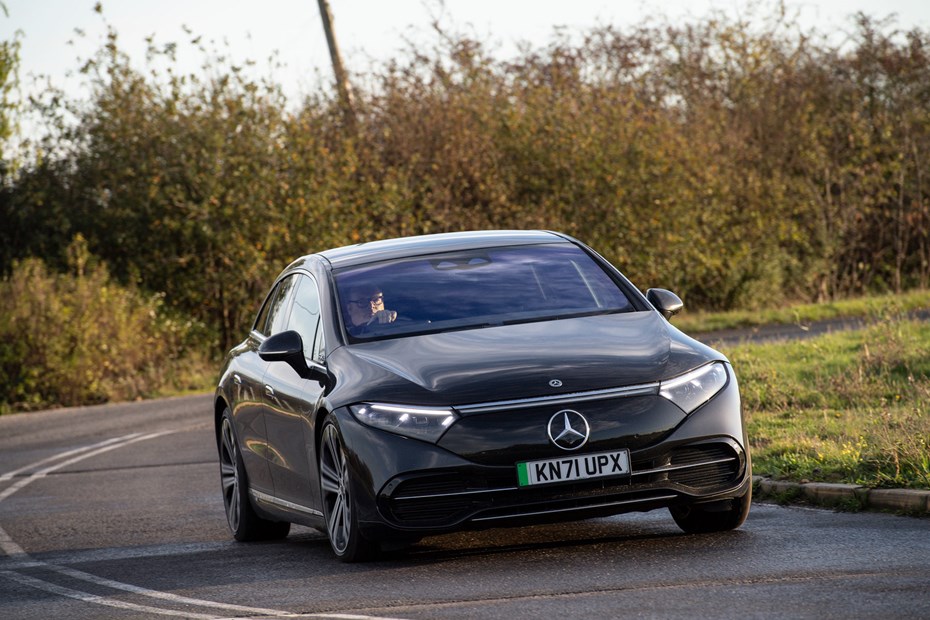
- Single standard electric drivetrain
- Performance is robust rather than ultra-rapid
- Ride comfort and body control disappointing
Electric motor
There is only one standard drivetrain available to UK buyers of the Mercedes-Benz EQS (check out our separate review of the AMG version). Known as the EQS 450+, this features a single 333hp electric motor driving the rear wheels via a single-speed transmission.
The use of a single speed gearbox is similar to most other electric vehicles, but means the EQS lacks the sophistication of the two-speed Porsche Taycan and Audi e-Tron GT, impacting performance and efficiency. If you’re used to electric vehicles punching that bit harder than conventional cars, given the way they can instantly access their maximum torque, the EQS may come as a slight disappointment.’
It’s not exactly slow – 0-62mph takes 6.2 seconds, officially – but nor is it warp-drive rapid in the manner of rival prestige electric cars from the likes of Tesla, BMW, Porsche and Audi. The EQS weighs a chunky 2,480kg minimum, and there is only so much 565Nm can do to shift this.
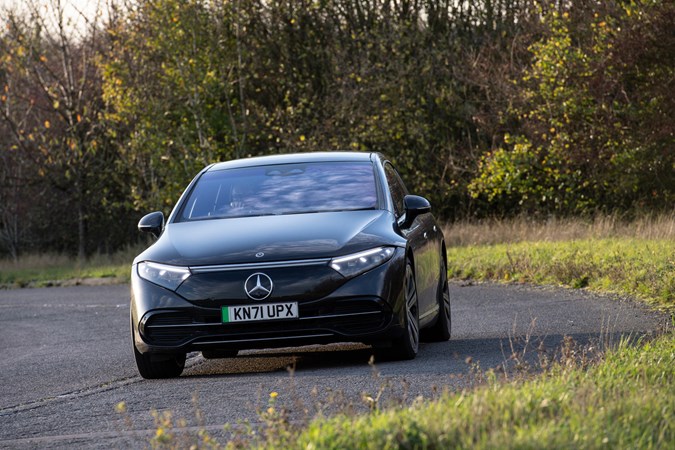
What’s it like to drive?
Much as the performance is a little blunted versus expectations, Mercedes’ claim that the EQS can cover up to 453 miles per charge should be taken with a liberal pinch of salt. For starters, the exact figure is specification dependent – but it is also heavily influenced by driving style, types of journey and the weather.
What is useful, however, is that the EQS gives you not only an anticipated range based on how you are currently driving but also a theoretical maximum based on the remaining battery level. This goes some way to relieving range anxiety. But then, if you’re considering a high-end electric car, you’re probably anticipating the need to deal with this kind of concern.
Besides, there are more interesting things about the way the EQS drives.

It’s a large car, but you’ll only really be conscious of this if suddenly presented with a width restrictor – thanks to the rear-wheel steering, it generally feels rather nimble, especially the versions with the greater 10-degree maximum rear steering angle.
In fact, these almost feel too lively at low speeds, turning much more swiftly into corners and roundabouts than you’re initially anticipating and often forcing an adjustment via the steering wheel. You get used to it. Eventually. But it’s not helped by the somewhat wallowy and shuddery body control.
Brake energy regeneration – the amount the car slows when you lift off the accelerator, returning energy to the battery – is controlled by paddles on the steering wheel, although it can manage a lot of this itself, aided by sensors in the front of the car and sat-nav data. So you might find it’s most efficient to leave it to its own devices.
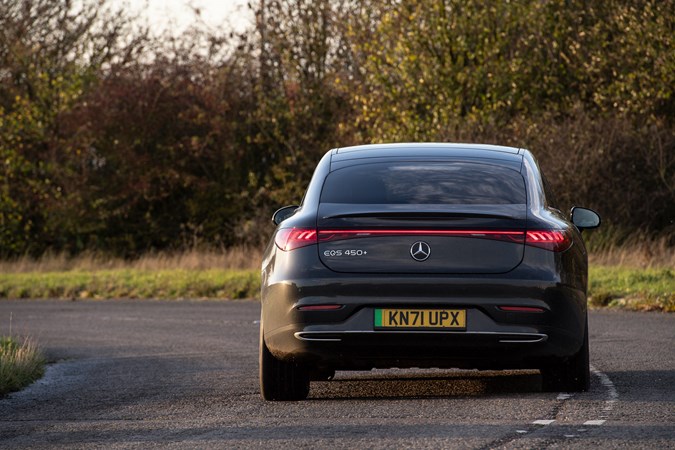
What’s less common is the way the brake pedal physically moves away from you when the EQS is slowing itself. It’s an unusual sensation at first, but then you come to recognise it as the car’s means of saying to the driver ‘I’ve got this’. It’s not something BMW feels the need to do, however, and if you really need to stand on the brakes for any reason the initial softness of the pedal can be disconcerting.
Final point about the driving experience is that the ride is perhaps not as S-Class cossetting as you might like. Particularly on the very large 22-inch wheels fitted to top-end examples, it’s rather brittle and occasionally unsettled by UK road surfaces. The sheer weight of the thing means it smothers such intrusions relatively swiftly, but it does not have the imperious quality we’ve come to expect from luxury limos. BMW’s poshest electric cars are much better in this respect.


